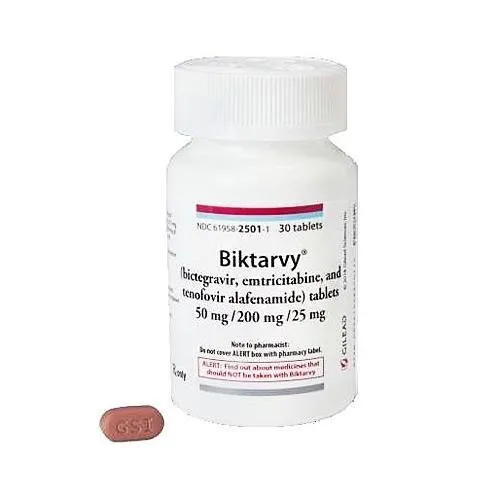Global Insights into Biktarvy Cost: A Closer Look at Affordability and Access 🌍💸
The Financial Landscape of Biktarvy: A Critical Healthcare Consideration
Biktarvy stands at the forefront of HIV treatment, combining three powerful antiretroviral medications into one daily pill. Its effectiveness and ease of use have established it as a key player in managing HIV. However, the high price tag attached to it poses significant challenges for many patients worldwide.
Understanding Biktarvy: More Than Just a Medication
Biktarvy represents a crucial support for individuals living with HIV, incorporating bictegravir, emtricitabine, and tenofovir alafenamide into a regimen that simplifies treatment. Despite its transformative potential, the burden of its cost casts a shadow over its accessibility.
The High Price of Health: Biktarvy’s Financial Implications
Discussing healthcare costs, especially for chronic conditions like HIV, is crucial yet complex. While Biktarvy’s price in wealthier nations is prohibitively high for many, its cost structure in India presents a contrasting scenario of affordability amidst widespread healthcare expenses.
Navigating the Economic Impacts of HIV Treatment
The economic toll of HIV treatment extends beyond medication costs, influencing patients’ lives through ongoing medical care and associated healthcare expenses. This economic pressure can lead to difficult decisions regarding the allocation of limited financial resources.
The Role of Support Systems in Alleviating Financial Hardships
Insurance and aid programs serve as critical supports, providing financial relief and ensuring access to necessary treatments like Biktarvy. These initiatives are vital in counteracting the economic challenges faced by those living with HIV.
A Global Perspective on Biktarvy Pricing
Internationally, the cost of Biktarvy varies, reflecting disparities in access and affordability. While some regions face pricing barriers, India offers an example of how generic production and supportive policies can enhance accessibility.
USA vs. India: A Study in Contrast
The disparity in Biktarvy pricing between the USA and India is pronounced, with affordability issues in the USA contrasting with greater accessibility in India, thanks to generics and favorable government policies.
The Power of Generics and Policy in India
India’s approach to generic medication production and supportive government policies has made Biktarvy significantly more affordable, serving as a model for improving access to life-saving treatments.
The Impact of Affordable Biktarvy on Patients
In India, the reduced cost of Biktarvy has drastically improved access to treatment, offering hope and changing the lives of those affected by HIV.
Strategies for Managing Biktarvy Costs
For patients navigating the costs associated with Biktarvy, understanding insurance coverage and leveraging assistance programs can help reduce out-of-pocket expenses, making treatment more attainable.
The Path Forward: Ensuring Affordable HIV Treatment
The ongoing evolution of HIV treatment costs, fueled by research and international collaboration, points towards a future where treatments like Biktarvy are more accessible and affordable for all in need.
Conclusion: Toward an Equitable Future in HIV Treatment
The case of Biktarvy pricing illustrates the broader challenges and opportunities in making HIV treatment affordable and accessible globally. Through continued advocacy for lower drug prices and the expansion of generic medication access, we can move closer to a world where no one is left behind in receiving essential healthcare.
Additional Information and Support
A plethora of resources exists for those seeking further information on Biktarvy and managing treatment costs, shining a light

